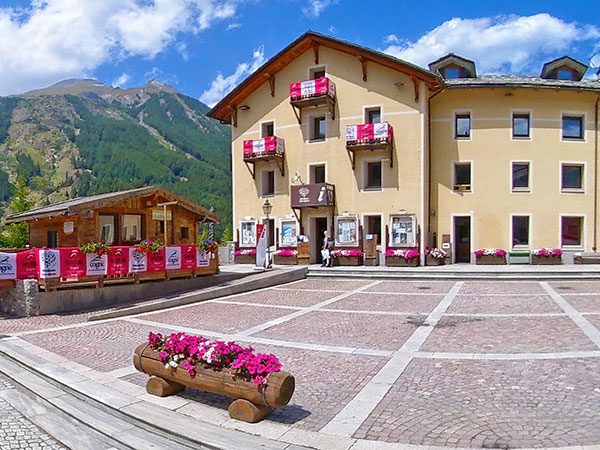South of Aosta, a large village of about 1500 inhabitants has given its name to a valley that climbs to the Gran Paradiso National Park. It is one of the few counter-valleys that open up to the south from the Aosta Valley.
The capital of the Cogne valley is locally called Veulla, which simply means "town" in Valdôtain. This beautiful village is built along the Urtier torrent, in a basin where several valleys meet, including the Valnontey, to the south, which rises to the foot of the Gran Paradiso, high Alpine peak (alt. 4061 m). Downstream, at the confluence with the torrent that descends from Valnontey, the river takes the name of Grand'Eyvia, which means "big water" in the local dialect.
Cogne and its valleys are part of the Gran Paradiso National Park. It became a national park in 1922 and is the oldest national park in Italy, founded on the basis of a royal reserve created by King Victor Emmanuel II in 1856 to protect the ibex, which was then in danger of extinction.
It is from this former royal reserve that all the ibex in the Swiss Alps originate. Until the middle of the 15th century, the ibex was widespread throughout the Alps, but the development of firearms led to the disappearance of the species, which was hunted for its meat and alleged curative properties. The last ibex in the Swiss Alps was shot in Valais in 1809, after having disappeared from Graubünden and the Bernese Alps in the 17th and 18th centuries.
In 1906, as the King of Italy refused to offer Switzerland a few ibex to reconstitute a colony, a poacher from Valais illegally entered one of the royal reserves at the request of the Swiss authorities. He captured two young females and a male which were taken to Switzerland where they reconstituted a colony...
Useful links
Italian Autonomous Region of
Val d'Aoste -
Wikipedia









